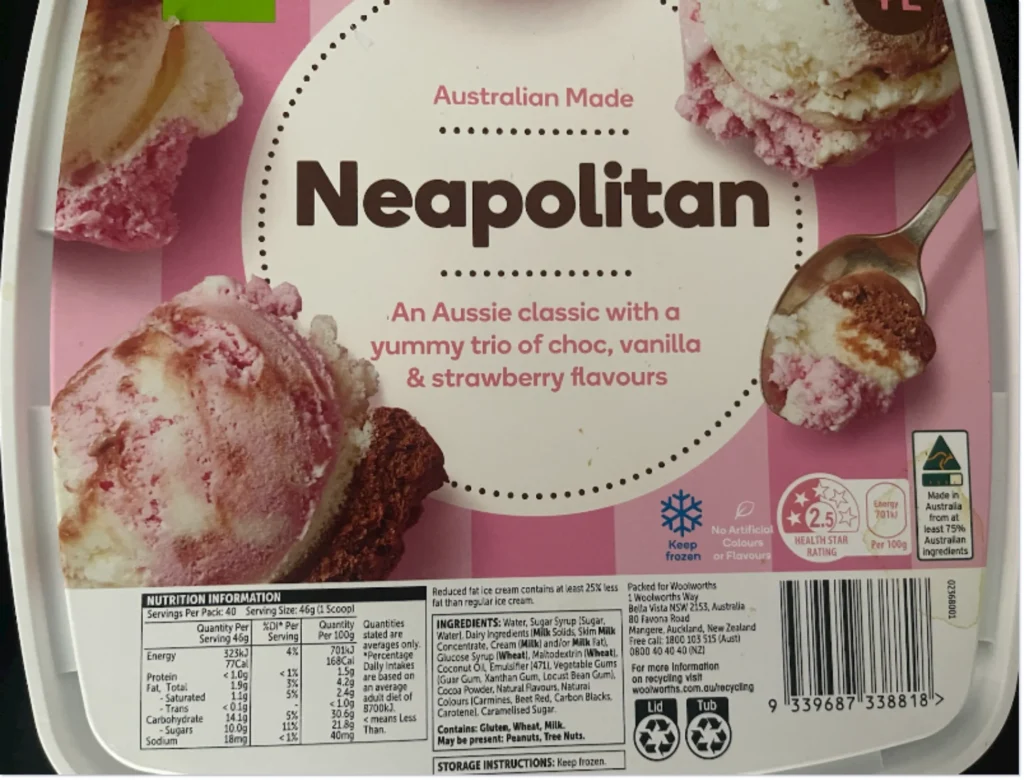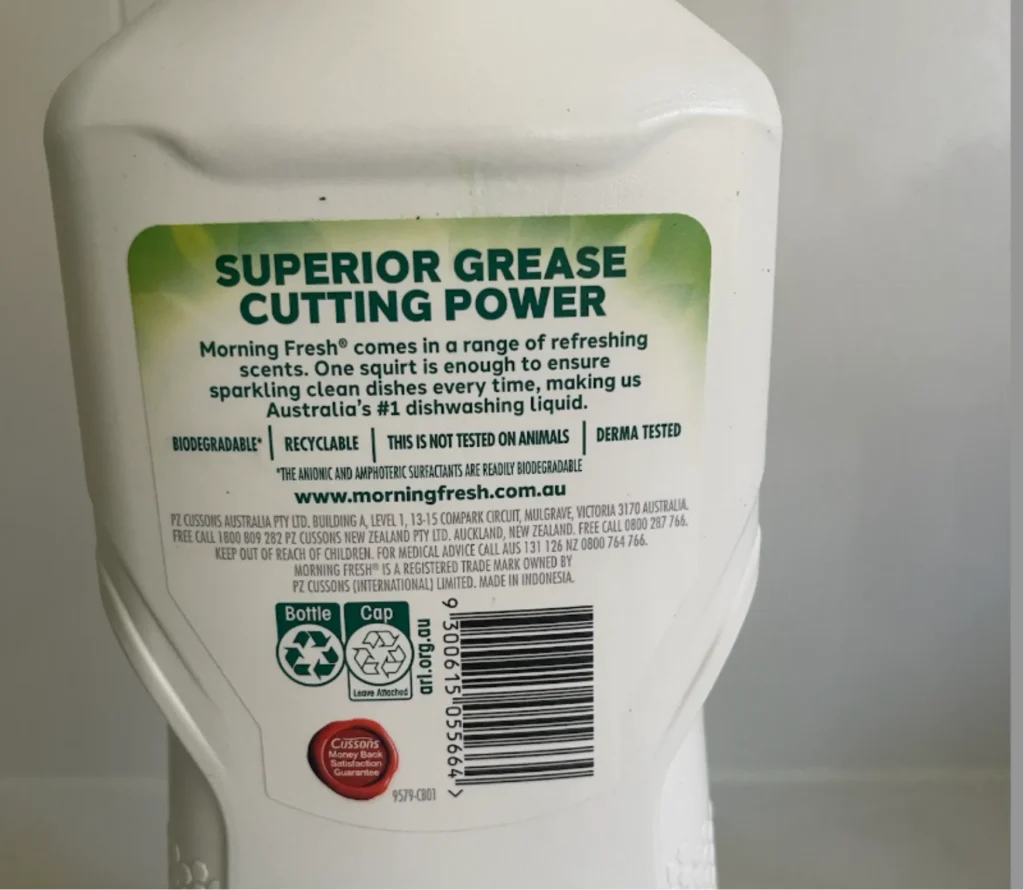Table of Contents
What is Product Labelling?
Product labelling is the process of displaying information on a product’s packaging or the product itself to offer specifics about it. It serves as the product’s narrator, conveying crucial information to buyers. This information generally consists of the product’s name, ingredients, usage instructions, safety precautions, and further details. Labels act as a connection between the brand and the consumer, assisting individuals in making well-informed decisions when buying products.
Labelling involves both functional features and branding components that contribute to a product’s uniqueness. The brand name, logo, and design play a significant role in establishing the product’s identity and distinguishing it in a competitive market. Product labelling serves as a silent communicator that directs consumers, guarantees legal compliance, and establishes a unique image for the product in the minds of potential buyers.
Objectives of Product Labelling
The following main objectives of product labelling are:
To ensure consumer safety by providing clear information about potential hazards, usage directions, and safety precautions.
Ingredient transparency helps consumers make informed choices based on their tastes or dietary needs.
Follow legal requirements and industry norms to meet safety rules, health claims, and other restrictions.
Use consistent logos, colors, and graphic components to reinforce brand identity and convey marketing messages/product benefits.
Using barcodes, QR codes, and batch/lot numbers can improve inventory management, distribution, and retail procedures in the supply chain.
Enable traceability by providing batch/lot numbers and provenance, which is essential for quality control and recall management.
Include recycling information and symbols to promote eco-friendly practices and proper disposal.
To provide clear instructions for product use, assembly, and installation, along with cautions regarding any risks or hazards.
Types of Labelling
There are mainly 4 types of labelling i.e, Brand labels, Informative labels, Descriptive labels, and Grade labels.
Brand labels: Brand labels are more than just identifiers; they are the canvas onto which your brand’s personality is created. These labels are the first point of contact between your product and the consumer, therefore their design and language are crucial for creating a lasting impression.
Informative Labels: Consider the informative label type as the less exciting or essential component. Ensure that all legal and compliance-related information regarding your product is incorporated. Important information such as expiration dates, recycling symbols, warnings, allergens, precautions, nutritional information, and other crucial features that must not be ignored. Additionally, ensure to include contact details for clients to readily communicate with the organization in the event of concerns.
Descriptive Labels: A descriptive label allows you to convey detailed information about your product, such as its correct usage and storage instructions. You can enhance your product by including distinguishing features like eco-friendly credentials, a vegan label, and other relevant information.
Grade Labels: Grade labels are symbols such as letters, numbers, tags, images, or scales that show the quality or grade of a product. For instance, these are frequently utilized on fire extinguishers or where there is a requirement to show Nutri-scores. They are also used for safety purposes, such as detecting irritants, pollutants, and certified grades.
Importance of Product labelling
Importance of Labelling:
Labels are essential for conveying product information. They provide information like as ingredients, usage instructions, and safety cautions, allowing consumers to make informed decisions.
Differentiate Products:
Labels help to differentiate one product from another. Unique branding, logos, and design components help to differentiate products, making it easier for customers to identify and select particular products.
Helps to Grade Products:
Labelling systems frequently include grading or rating information. This enables consumers to examine the quality and qualities of a product, allowing for improved decision-making based on their tastes and needs.
Reduce legal pressure:
Accurate and compliant labelling decreases the likelihood of legal problems. Meeting regulatory standards and providing transparent information can help firms avoid legal issues arising from misrepresentation or non-compliance.
Increase sales:
Well-designed labels can captivate customers and affect their purchasing decisions. Appealing packaging and clear information can help a product stand out on store shelves, thereby increasing sales.
Convenience for consumers:
Labels improve the overall consumer experience by facilitating quick access to critical information. Whether it’s nutritional information, expiry dates, or usage directions, accurate labelling makes it easier for customers to select items that meet their preferences and needs.
Also View: What is an Industrial Product? Definition, Characteristics, Types, and Examples
Functions of Labeling
The following are the primary functions of labeling.
- Product Identification – The primary role of a product label is to make the product easy to identify and recognize.
- Product Information – It also provides comprehensive information on the products, making it easier for customers to understand what they are purchasing.
- Helps with Grading – Labeling things adds to their grades. As a result, the products can be labelled in various classes.
- Legal Fulfillment – Every country requires a label on the product. It also relieves firms of their legal obligations.
- Aids in Marketing – Good labels make it easier for businesses to market and promote their products. Because it contains various information on the goods, it serves as self-serving marketing and promotion for businesses.
- Consumer Protection – Good labeling protects consumers against vendor deceit or fraud by providing complete product information.
Components of a Product Label
Brand Information: The logo is a visual representation of the brand, providing quick recognition. The prominently displayed brand name guarantees that consumers may clearly identify the goods as belonging to that particular brand.
Legal Description: This section contains important details. The ingredients or contents list includes all components, which promotes transparency. The net weight or volume indicates the quantity, whereas the expiry date informs consumers about the product’s shelf life. Legal disclaimers communicate important cautions or information.
Product Information: The product name identifies the particular product. Intended use communicates the core objective, whereas recommendations for use provide guidance on proper usage, so improving the customer experience.
Marketing information: Marketing information includes eye-catching images, slogans, and taglines that effectively communicate the product’s distinctive selling characteristics. Features and benefits highlight major advantages, which influence customer purchasing decisions.
Company information: it includes manufacturer details and contact information, helps establish credibility and facilitates user feedback.
Identification marks: Identification marks such as UPC barcodes, QR codes, and batch or lot numbers improve inventory management and traceability. Certification marks show that the product meets quality or safety criteria.
Allergen Information: Clear indication of common allergens allows consumers with allergies to make informed decisions.
Country of Origin: Indicating the production country provides information about the product’s origin.
Examples of Labelling
In this section you will see few examples of product labeling.
Neapolitan ice cream
Neapolitan ice cream is one of the best ice cream in Australia.The picture below shows the brand image of Neapolitan ice cream in the upper section as well provides the brand image and below section provides information about the product.

Dishwashing Liquid
Another example of product labeling is Morning fresh dish washing liquid. In the given picture we can see the product description such as Biodegradable, recyclable, and safety instructions as well.

FAQs
What is Labelling of a product?
Product labelling is the process of displaying information on a product’s packaging or the product itself to offer specifics about it. It serves as the product’s narrator, conveying crucial information to buyers.
What are the 4 types of Labelling?
There are mainly 4 types of labelling i.e, Brand labels, Informative labels, Descriptive labels, and Grade labels.
What is the difference between product packaging and Labelling?
Product packing safeguards the products which helps to maintain its quality, and facilities transportation and storage whereas Product labelling works as information hub about the product, such as ingredients, usage instructions, warnings and branding.
